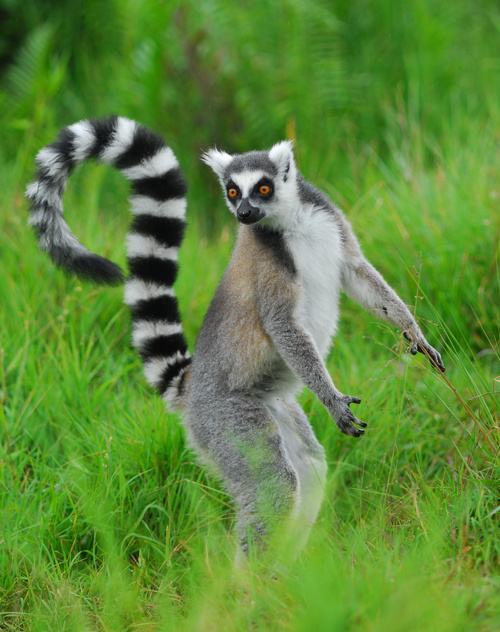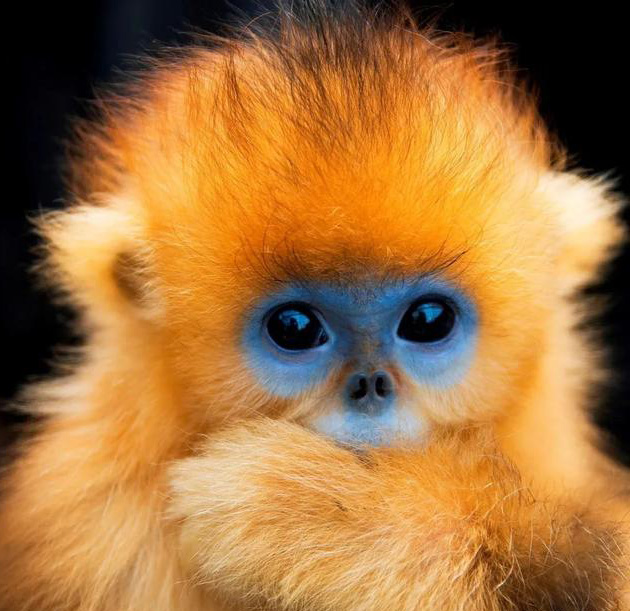
Rhinopithecus roxellana
Sichuan golden monkey, snub-nosed monkey, snub-nosed monkey, golden velvet monkey, blue-faced monkey, Rockanna monkey, long-tailed monkey, thread monkey, thread marmoset, horse marmoset, Guoran beast,
Except for the white hair on the abdomen, buttocks, and the inside of the li···
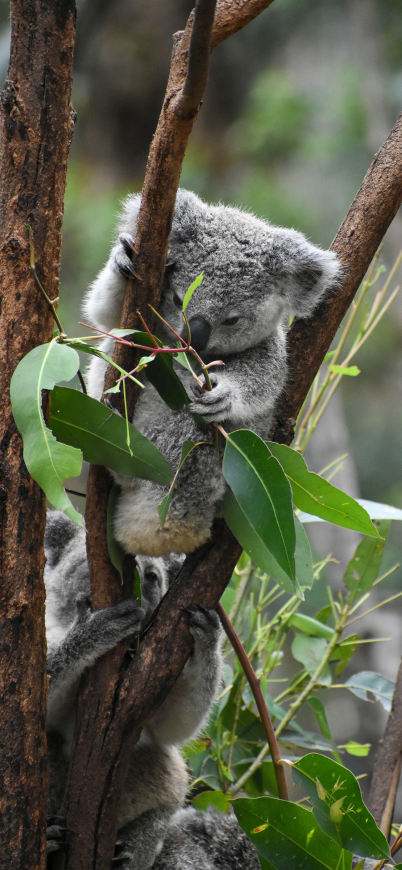
Koala
Phascolarctos cinereus
Australia is the kingdom of marsupials, and the koala is the most precious o···
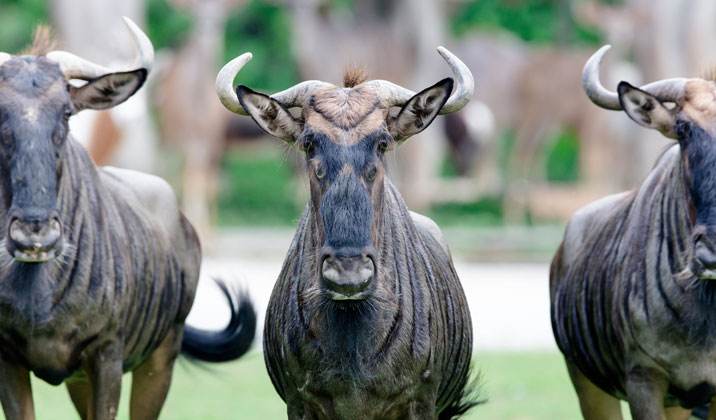
Connochaetes taurinus
Blue wildebeest, black-tailed wildebeest, black-bearded wildebeest, South African wildebeest, southern wildebeest, black-spotted wildebeest
The blue wildebeest has a sturdy body and its coat is dark blue or gray-blue···
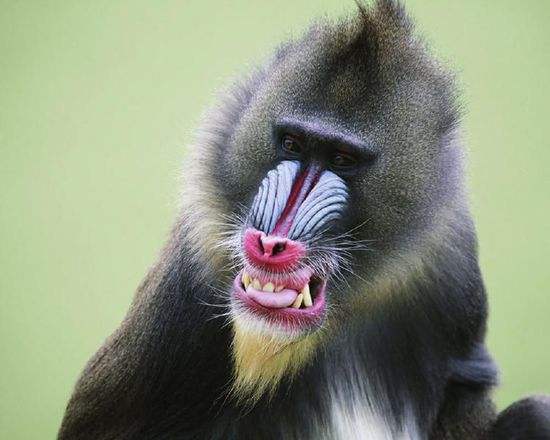
Mandrillus sphinx
Ghost-faced baboon, colorful baboon
It is a monkey, but it is not as docile as other monkeys. It is ferocious by···

Beluga whale
Delphinapterus leucas, sea canary
As the name suggests, it is a white whale. It is called the cutest whale in ···
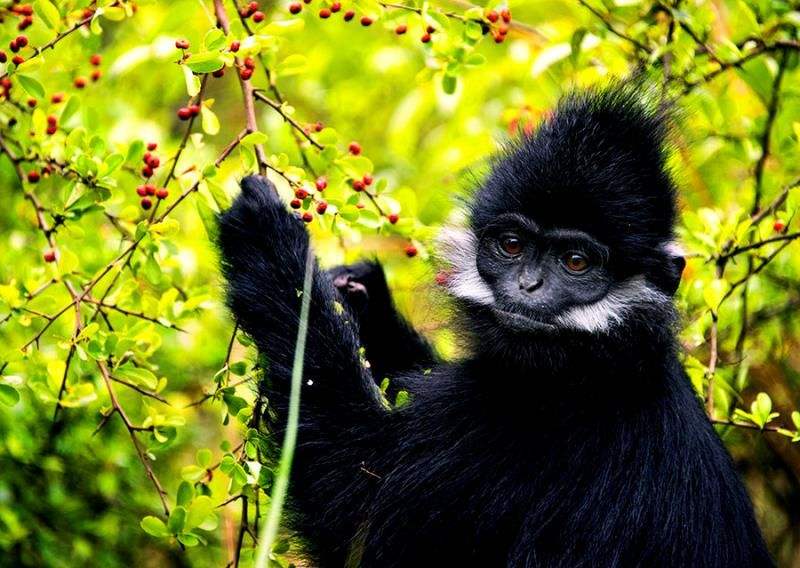
Trachypithecus francoisi
Black monkey, black leaf monkey, monkey hanging monkey, rock spider monkey
The black leaf monkey, with a black body, upright crest on the top of the he···

Giraffa
Kirin, Kirin Deer, Long-necked Deer
Giraffes are the tallest animals in the world today. Their long necks stand ···
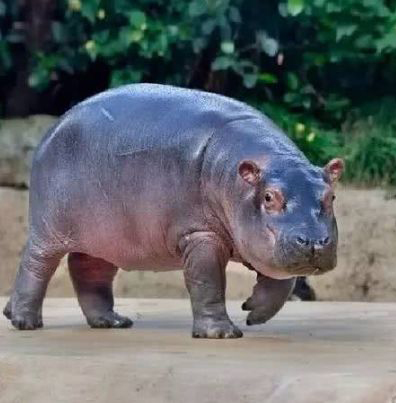
Choeropsis liberiensis
Hexaprotodon liberiensis,pygmy hippopotamus,pygmy hippopotamus,dwarf hippopotamus
The hippopotamus actually has a cousin that is nearly ten times smaller than···
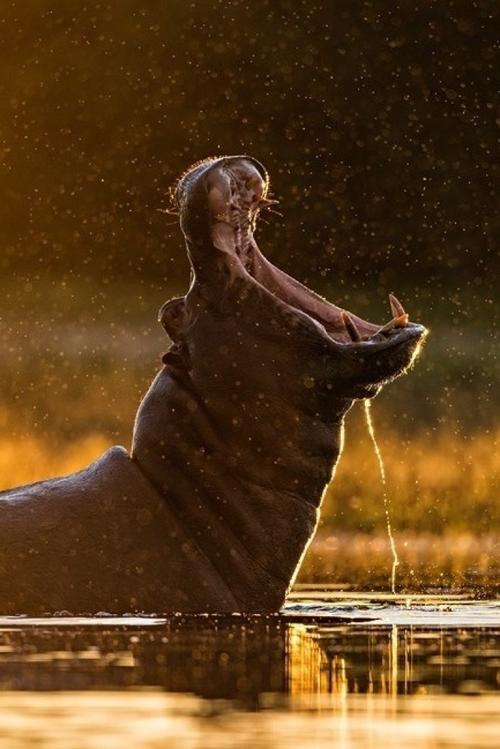
Hippopotamus amphibius
Nile Hippopotamus, Pig of the River
Hippopotamus are large herbivores second only to elephants and rhinos in siz···
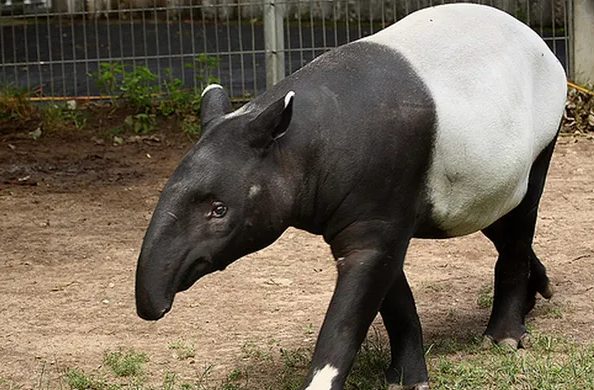
Tapirus indicus
Asian tapir,Indian tapir
The body color of an adult Malay tapir is the classic "black and white&···
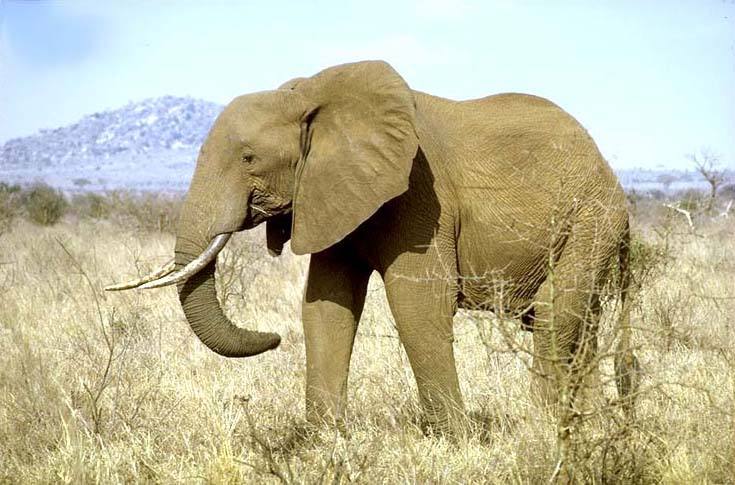
asian elephant
Elephas maximus
Asian elephants are giant herbivoresFood,The staple food is bamboo shoots, y···
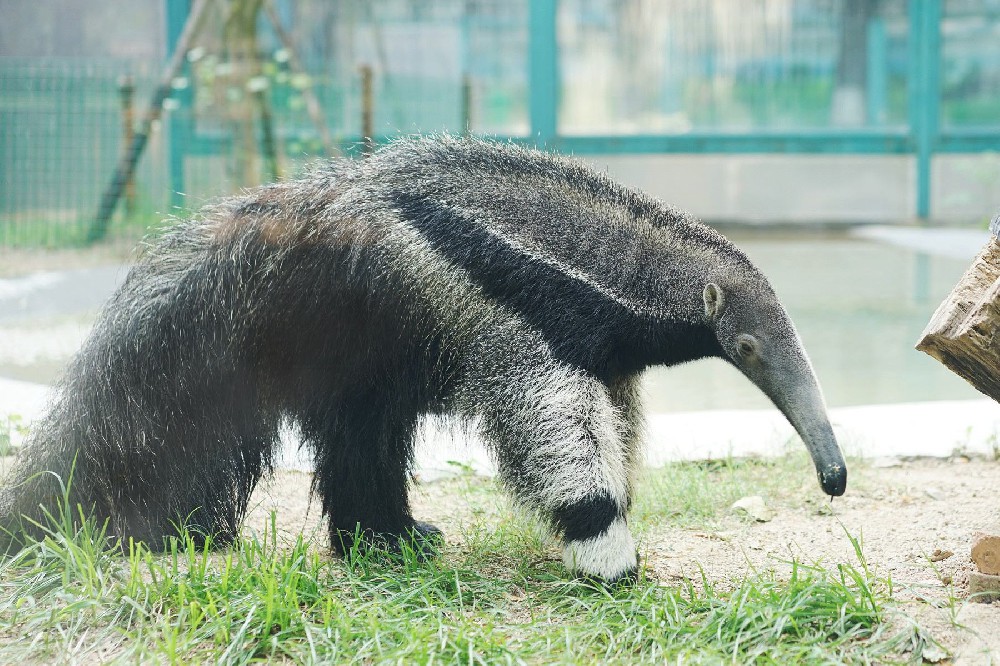
Giant anteater
Myrmecophaga tridactyla
Giant anteaters may occupy territories as large as 9,000 hectares. Communica···
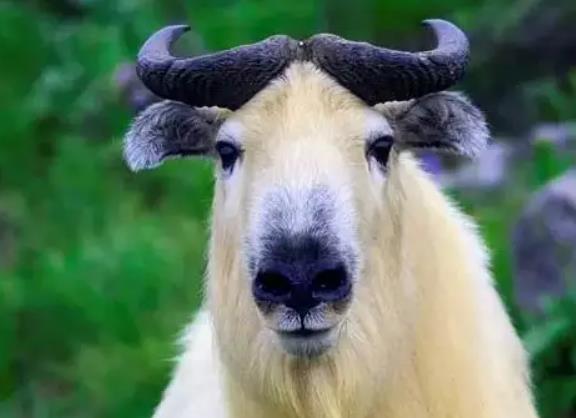
takin
Takin,wildebeest,golden takin
Takin is a large bovine herbivore distributed in the dense forests of the ea···
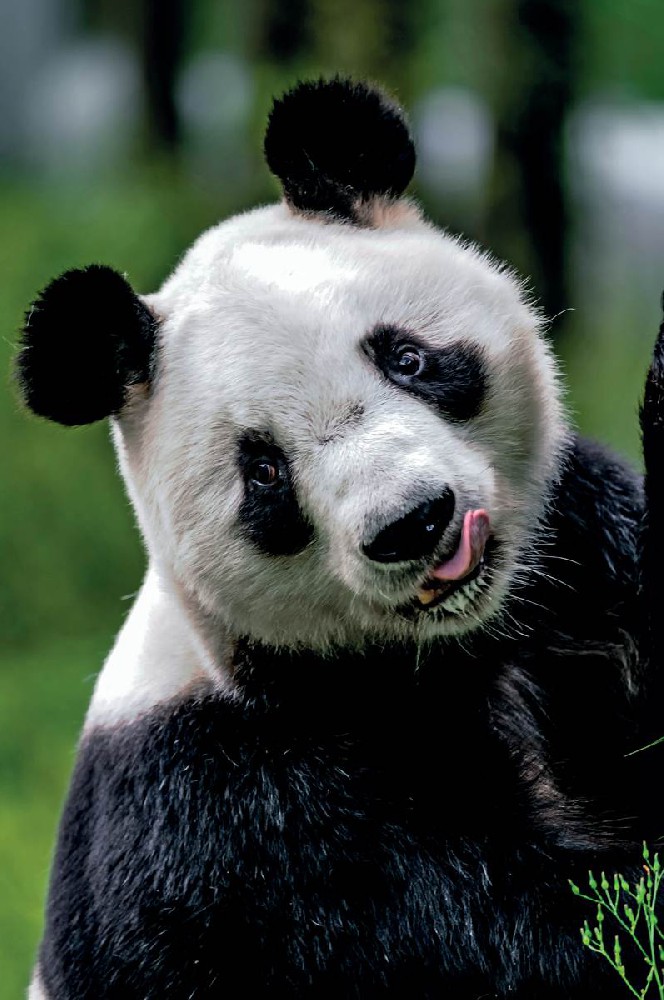
giant panda
Cat bear,bamboo bear,silver dog,iron-eating beast
The giant panda has lived on the earth for at least 8 million years and is a···
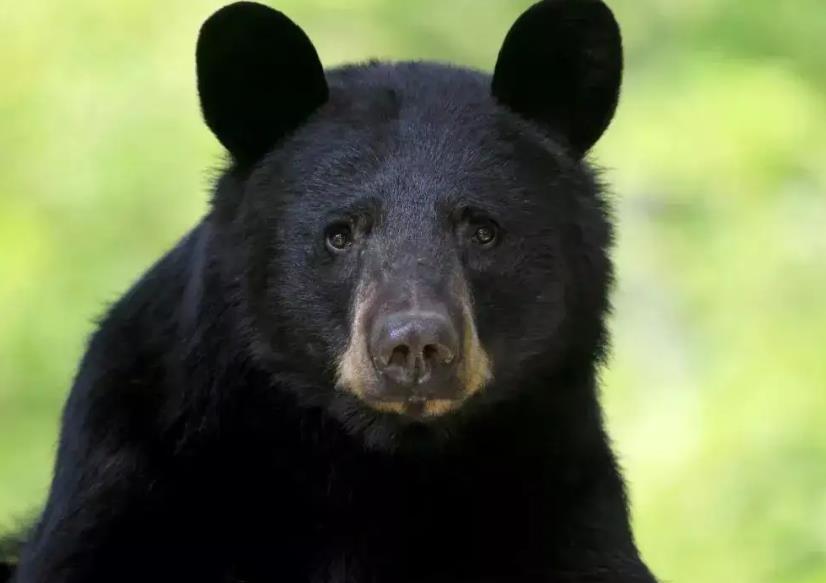
black bear
Ursus thibetanus,Moon bear,bear,black blind man
Black bears, also known as Asiatic black bears, were historically placed in ···
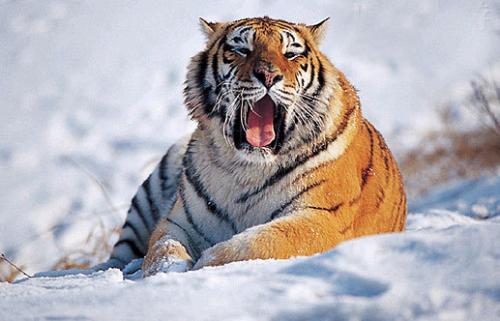
tiger
Big cat,big insect,mountain king,Yin beast
There are nine species of tigers, namely: Siberian tiger, South China tiger,···
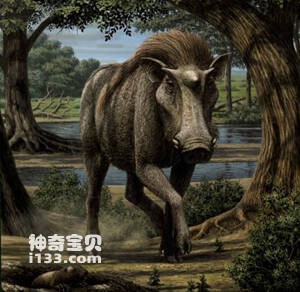
kubanochoeres
kubanochoeres
kubanochoeres are a group of large, mound-toothed pigs that once lived in th···

wolverine
Wolf's green
Wolf green dog pedigree is more complex, mainly several breeds from the cros···
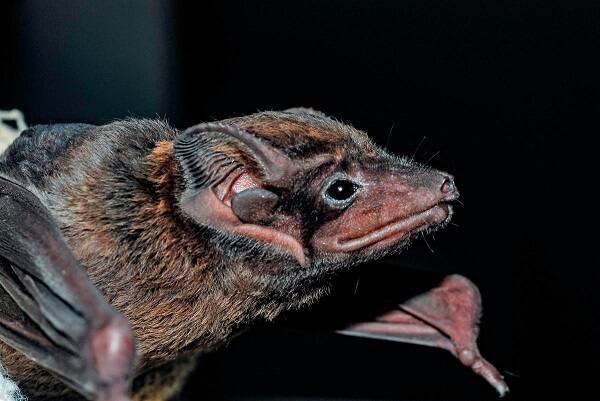
Taphozous melanopogon
Taphozous melanopogon
The black-bearded tomb bat (Taphozous melanopogon), also known as the black-···
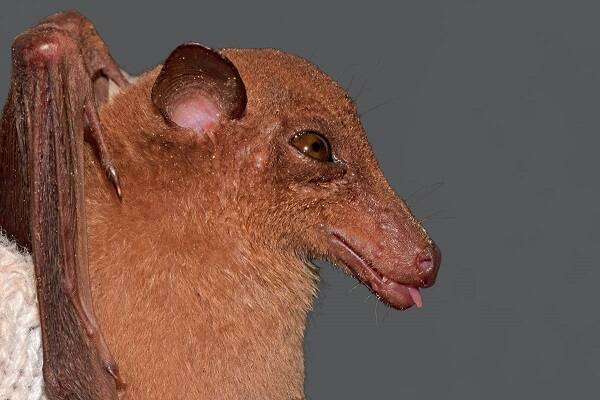
Macroglossus sobrinus
Macroglossus sobrinus
Andersen's long-tongued fruit bat (<M. sobrinus>) was named by And···

